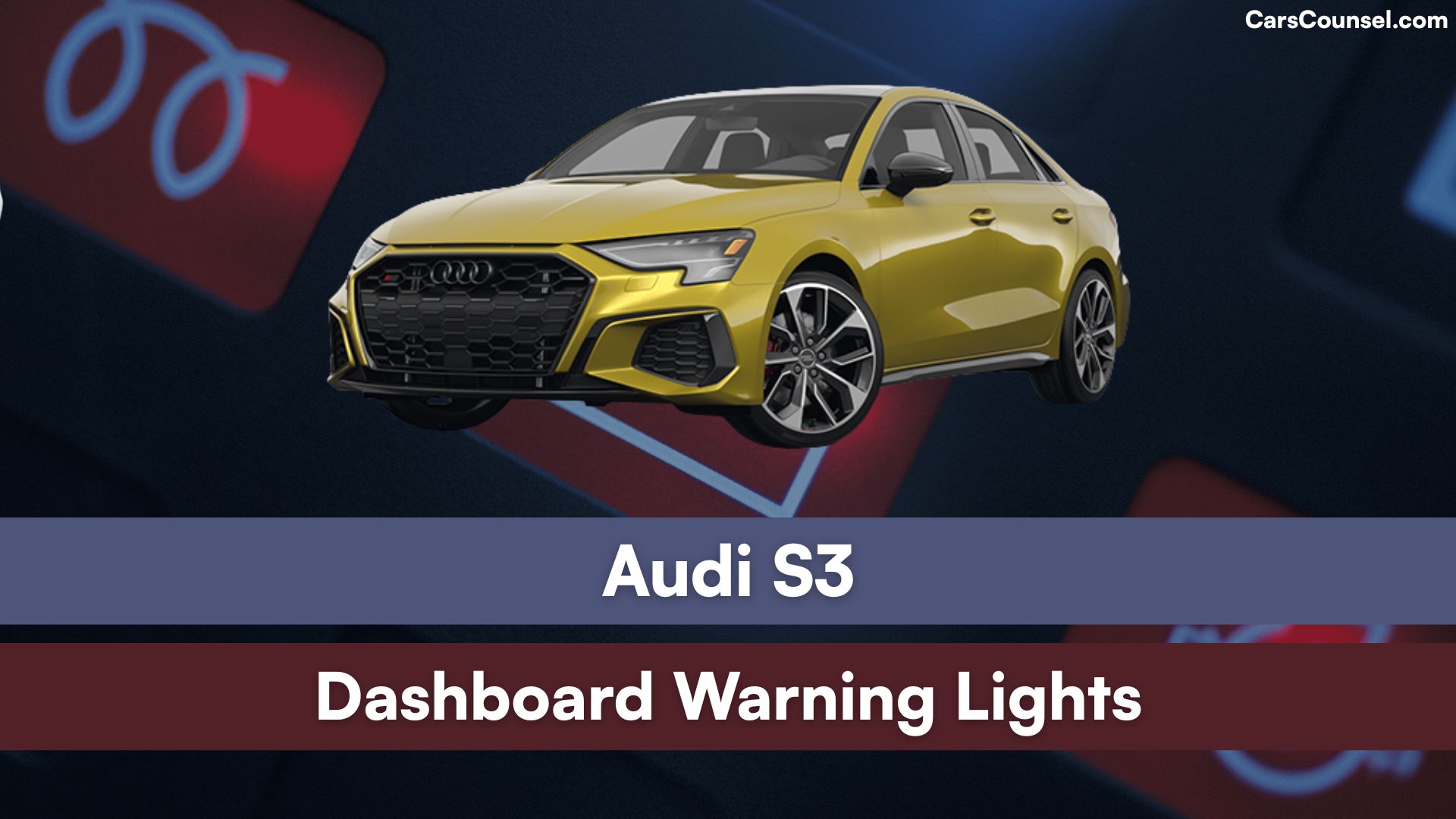
Quick Navigation
Red Warning Lights (Stop Immediately)
Brake System Alert
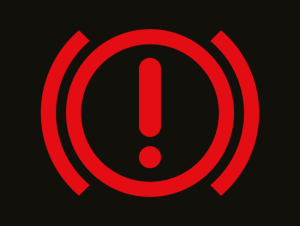
Indicates brake failure or low fluid. Stop the car safely and contact a mechanic right away.
Engine Oil Pressure

Shows low oil pressure or overheating. Stop the engine, check oil level, and avoid driving until fixed.
Coolant Temperature
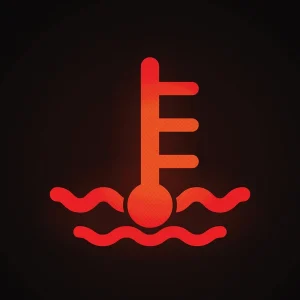
Means coolant is too hot or low. Switch off engine and check coolant level to prevent engine damage.
Battery/Electrical System
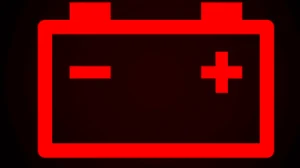
Signals charging or electrical malfunction. Turn off electronics and seek professional help quickly.
Airbag System

One or more airbags may be faulty. Stop and have the system inspected for safety.
Power Steering Failure

Steering assistance is lost. Park safely and get vehicle checked due to increased steering difficulty.
Transmission Fault

Serious transmission issue. Pull over and arrange for your car to be serviced.
Seatbelt Reminder

Driver or passenger seatbelt not fastened. Buckle up immediately for safety.
Brake Wear Indicator

Brake pads are worn out. Schedule a replacement as soon as possible to maintain braking performance.
Door Ajar
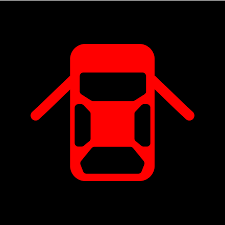
A door isn’t closed properly. Stop and close all doors before driving.
Bonnet Open
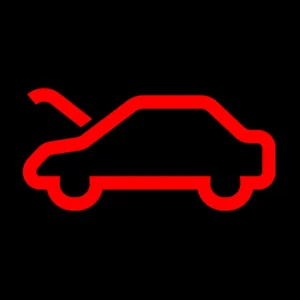
Hood isn’t shut fully. Stop, secure bonnet before continuing.
AdBlue System Empty

AdBlue tank is empty. Refill immediately, or the engine may not restart.
Steering Lock Fault
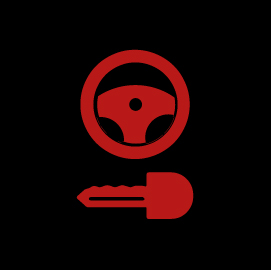
Steering lock malfunction detected. Vehicle may be undriveable if turned off; seek help.
Engine Overheating
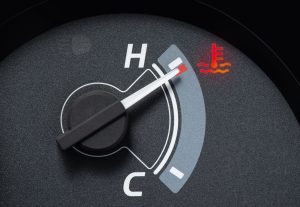
Engine is too hot—can cause serious damage. Turn off engine and allow to cool down.
Central Indicator Light

Critical system failure; check display for details. Pull over and seek urgent service.
Yellow/Amber Warning Lights (Action Required Soon)
ABS (Anti-lock Braking System)
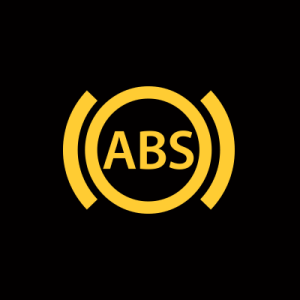
ABS is not functioning. Braking efficiency reduced; seek service soon.
Traction Control/ESP
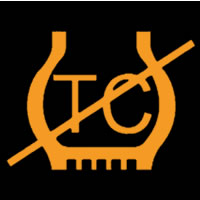
Stability system problem. Drive cautiously, arrange a service check.
Tyre Pressure Monitoring System (TPMS)
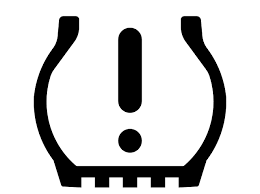
One or more tyres under-inflated. Check and refill tyre pressures promptly.
Check Engine
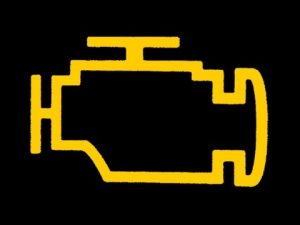
An engine system fault has occurred. Have diagnostics run soon to avoid damage.
Glow Plug Indicator (diesel)

Glow plug or emissions system issue—book service, engine may run poorly.
DPF (Diesel Particulate Filter)
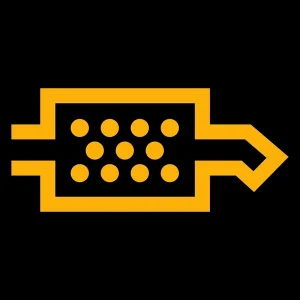
DPF is blocked or not regenerating. Drive at highway speed to clear or book service.
Engine Management Fault
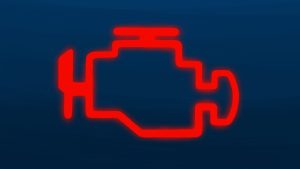
Possible emissions or sensor issue. Arrange diagnostic check.
Pre Sense System
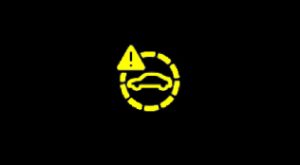
Safety sensors are obstructed or malfunctioning. Clean sensors or have checked.
Parking Brake Malfunction
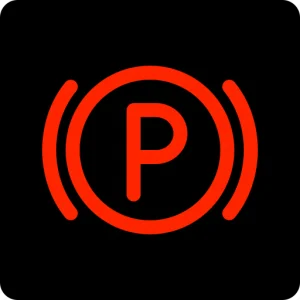
Electronic or mechanical parking brake issue. Get it checked soon.
Green Warning Lights (Information Only)
Indicators (Turn Signals)
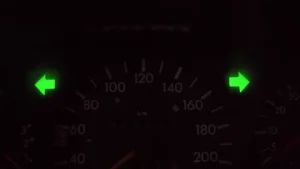
Signals intention to turn or change lane; flashes when active.
Sidelights/Headlights On

Shows that external lights are operational; for visibility.
Cruise Control Active
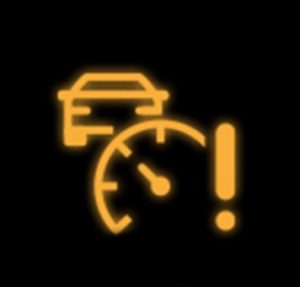
Cruise control is maintaining chosen speed.
Eco Mode
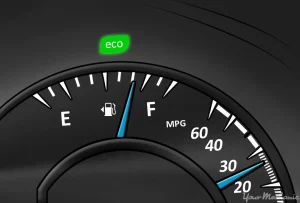
Eco driving mode engaged for fuel economy.
Start/Stop System Active
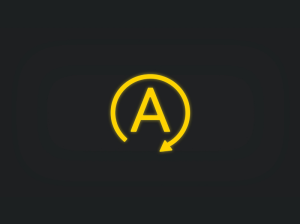
Engine is switching off when stopped for fuel saving.
Lane Assist Active
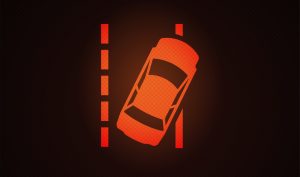
Lane-keeping system is working; your car is monitoring lane position.
Parking Sensors On
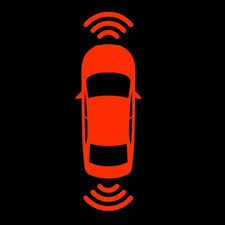
Assists with parking; sensors are detecting obstacles.
Fog Lights On
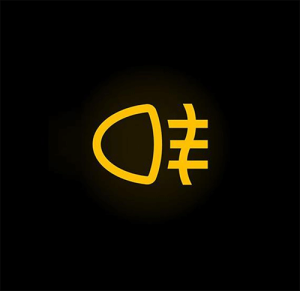
Front or rear fog lights are illuminated for improved visibility in fog.
High Beam On

High beam headlights are in use for extra road illumination.
Automatic Wipers On

Rain sensor is controlling the windshield wipers.
Hill Hold Assist Active

System is preventing roll-back on a slope while stationary.
Adaptive Lighting
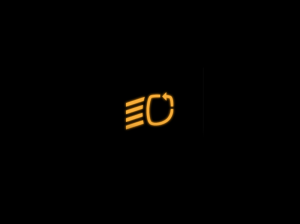
Headlights adapting to driving conditions for safety.
Speed Limiter On
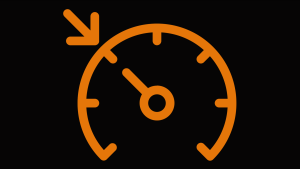
System is restricting maximum speed to a set value.
Child Safety Lock Active
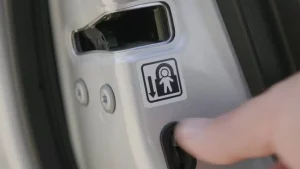
Rear doors cannot be opened from the inside for child safety.
Heated Rear Window Operating
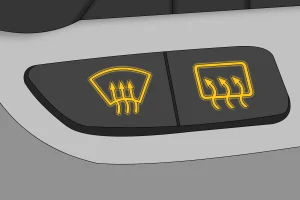
Rear window demister is engaged for improved visibility.
When looking at Audi, make sure to check out our guides on models like the Audi R8, Audi RS5, Audi RS4, and Audi S6. Understanding dashboard warning lights is essential. Our expert reviews break down what each light means, highlighting common alerts for these models and what they could signal about underlying issues, so you’re never left guessing behind the wheel.
This exhaustive list covers all the major dashboard lights you’ll encounter in your Audi S3, their color coding, and the necessary action to keep your vehicle safe and reliable.

